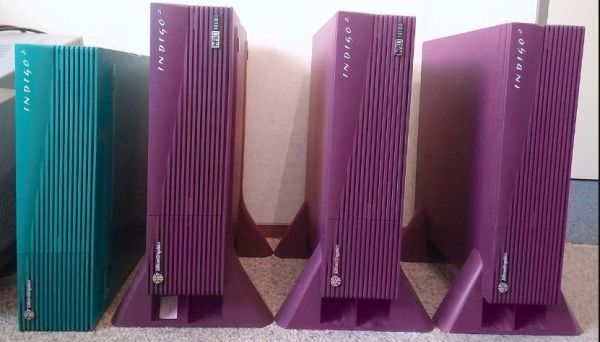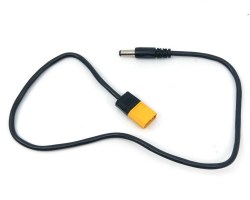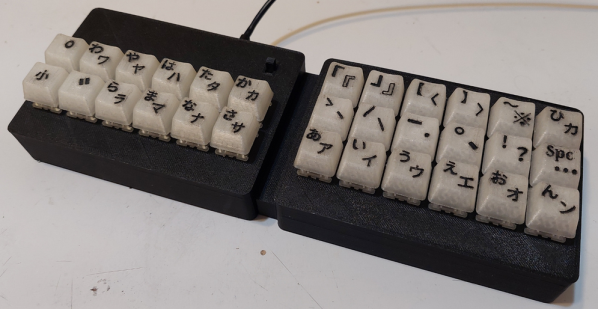Maybe best known as the company which brought a splash of color to corporate and scientific computing with its Indigo range of computer systems, Silicon Graphics Inc. (later SGI) burst onto the market in 1981 with what was effectively one of the first commercial graphics operations accelerator with the Geometry Engine. SGI’s founder – James Henry Clark was quite possibly as colorful a character as the company’s products, with [Bradford Morgan White] covering the years leading up to SGI’s founding, its highlights and its eventual demise in 2009.
The story of SGI is typical of a start-up that sees itself become the market leader for years, even as this market gradually changes. For SGI it was the surge in commodity 3D graphics cards in the 1990s alongside affordable (and cluster-capable; insert Beowulf cluster jokes here) server hardware that posed a major problem. Eventually it’d start offering Windows NT workstations, drop its MIPS-based systems in a shift to Intel’s disastrous Itanium range of CPUs and fall to the last-ditch effort of any struggling company: a logo change.
None of this was effective, naturally, and ultimately SGI would file (again) for Chapter 11 bankruptcy in 2009, with Rackable Systems snapping up its assets and renaming itself to SGI, before getting bought out by HPE and sunsetting SGI as a brand name.



 To get the pack’s nominal voltage, you multiply X (number of stages) by 3.7 V, because this is where your pack will spend most of its time. For example, a 3s pack will have 11.1 V nominal voltage. Check your cell’s datasheet – it tends to have all sorts of nice graphs, so you can calculate the nominal voltage more exactly for the kind of current you’d expect to draw. For instance, the specific cells I use in a device of mine, will spend most of their time at 3.5 V, so I need to adjust my voltage expectations to 10.5 V accordingly if I’m to stack a few of them together.
To get the pack’s nominal voltage, you multiply X (number of stages) by 3.7 V, because this is where your pack will spend most of its time. For example, a 3s pack will have 11.1 V nominal voltage. Check your cell’s datasheet – it tends to have all sorts of nice graphs, so you can calculate the nominal voltage more exactly for the kind of current you’d expect to draw. For instance, the specific cells I use in a device of mine, will spend most of their time at 3.5 V, so I need to adjust my voltage expectations to 10.5 V accordingly if I’m to stack a few of them together.













